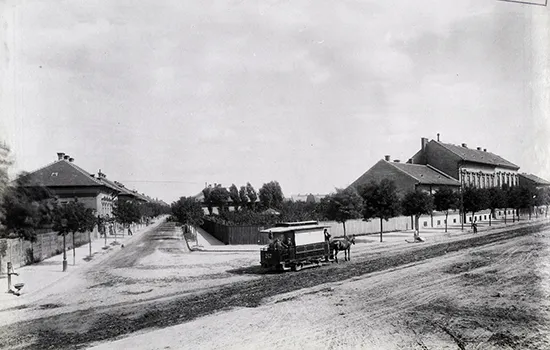In 1777, one of the outer neighbourhoods of the royal free city of Pest was named after Emperor Joseph II. Even then, various ethnic groups from home and abroad lived here, as evidenced by the street names of the time, such as Schwabengasse, Bayerngasse, Slowakengasse and Ungarngasse. The neighbourhood also developed into a socially diverse district, not least due to the constant immigration from Germany and abroad. In the 19th century, Innere Josephsstadt was home to several state institutions (National Theatre, National Museum, Old House of Representatives) as well as elementary and secondary schools. Aristocratic palaces and town houses were built around it, where cultural salons were held. In contrast, Outer Joseph's Town had a more rural appearance with ground-floor houses with gardens, workshops and grocers' shops.
The project deals with the inhabitants of the eighth district of Budapest and analyses the completely preserved Joseph's Town tourist book from the years 1857/58. The aim is to use this serial source to determine the geographical origin, the linguistic-ethnic composition and the social and professional structure of the district. As part of the analysis, the terms ‘immigrants’, ‘foreigners’ and ‘natives’ around the middle of the 19th century will also be analysed.
